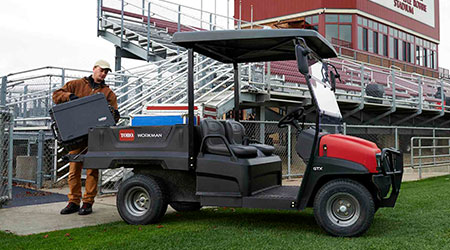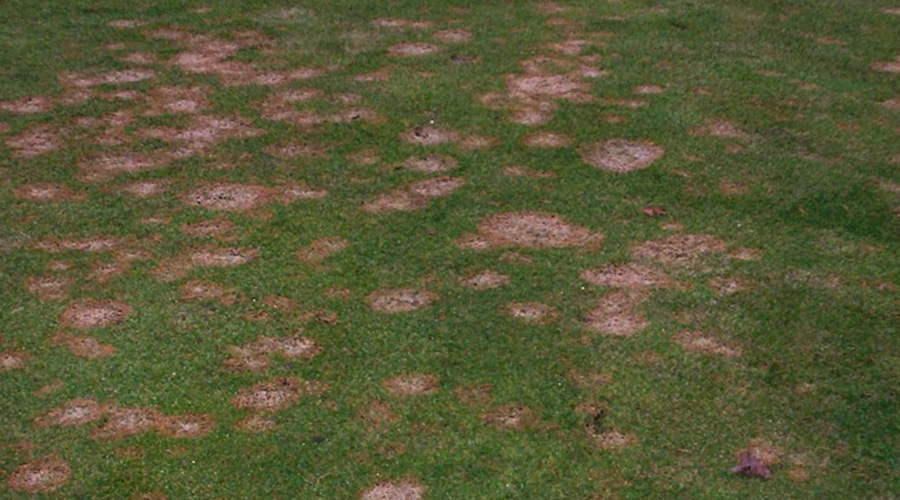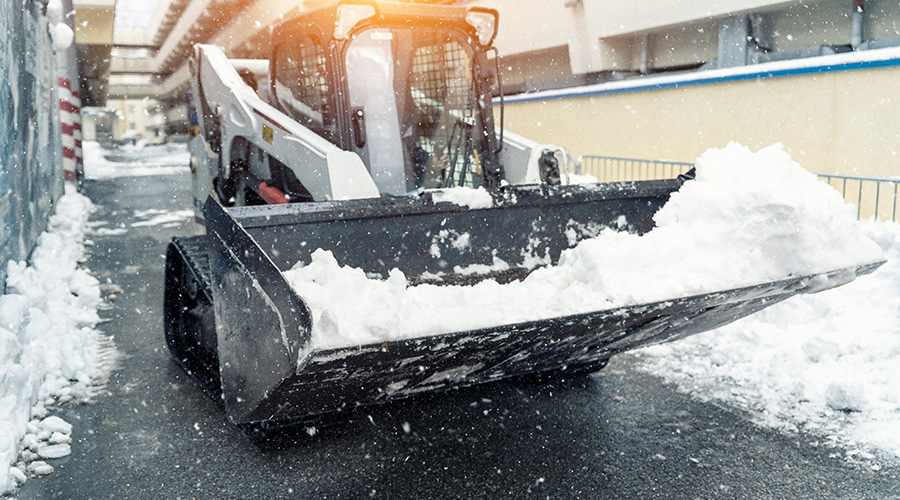 Managers who understand changes in handheld equipment related to reliability, ergonomics and safety, and worker needs, can better specify the proper equipment for their department.
Managers who understand changes in handheld equipment related to reliability, ergonomics and safety, and worker needs, can better specify the proper equipment for their department.Performing Proper Maintenance on Handheld Tools
In order to maximize a department's investment in handheld tools, proper inspects and maintenance is essential.
Proper inspection and maintenance of handheld equipment is essential to ensure it maximizes the department’s investment. Not only does maintenance affect the longevity of the tools themselves. It also has a direct impact on the safety of crew members and even bystanders.
So it is important to make sure every supervisor reads the handheld equipment operator’s manual. Every crew member responsible for operating equipment also must read operator manuals and receive proper training in the use and care of each unit before using it for the first time.
Managers need to include the regular care of handheld equipment in the department’s equipment maintenance plan, which also should include larger equipment, and follow the schedule diligently.
It is also essential that departments adhere to manufacturer warranty guidelines, which are designed to extend the performance life of equipment while keeping it operating reliably and performing at its peak. Departments that stray from these guidelines risk voiding the warranty.
One good way to comply with warranty guidelines is to have mechanics perform monthly equipment checks. This means employing a reliable system for accurately tracking usage to ensure operators are not unwittingly overworking equipment or voiding the warranty by waiting too long to perform required maintenance.
Properly maintained equipment has a major influence on operations. Operations continue to run smoothly when equipment functions well, and making sure crews have the most appropriate tools to do their jobs leads to better production, higher quality work, and good employee morale.
On the subject of making crews happy, managers have an age-old debate over whether it is better to continue using a piece of handheld equipment until it is worn out or replace it as soon as the warranty is up.
One advisable strategy is to replace the equipment once the warranty runs out, particularly since the cost of most handheld equipment is low enough that they are treated as expense items instead of depreciable items. This means that most often, once a piece of equipment is past its warranty period, it does not take long before its repair costs outweigh the cost of new equipment.
Handheld landscaping equipment plays a pivotal role in efficient management of a facility’s grounds. By investing the time and effort in proper selection and purchasing, managers can be confident operators are using the most appropriate equipment that will meet the organization’s grounds care goals effectively and maximizing the equipment investment.
Mike Fitzpatrick is vice president of U.S. Lawns — http://www.uslawns.com — which has more than 260 franchises nationwide. He has more than 30 years of experience in the green industry.
Related Topics:














